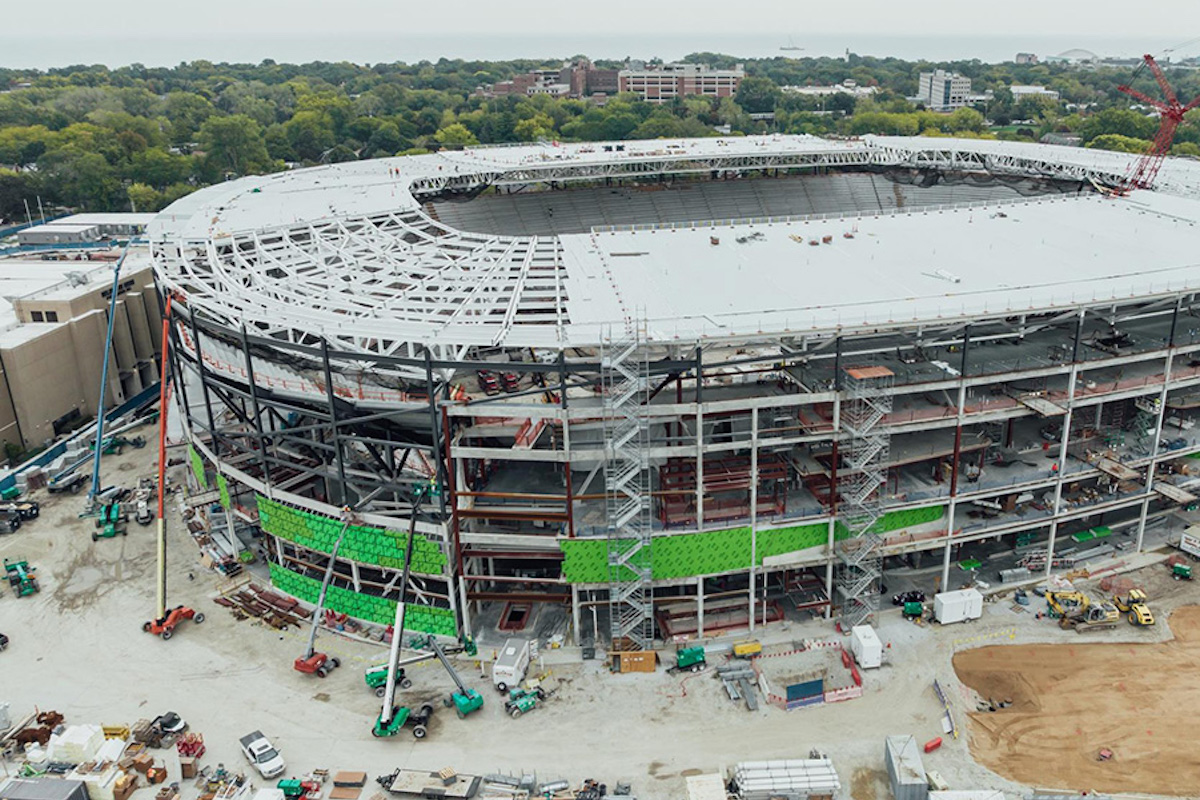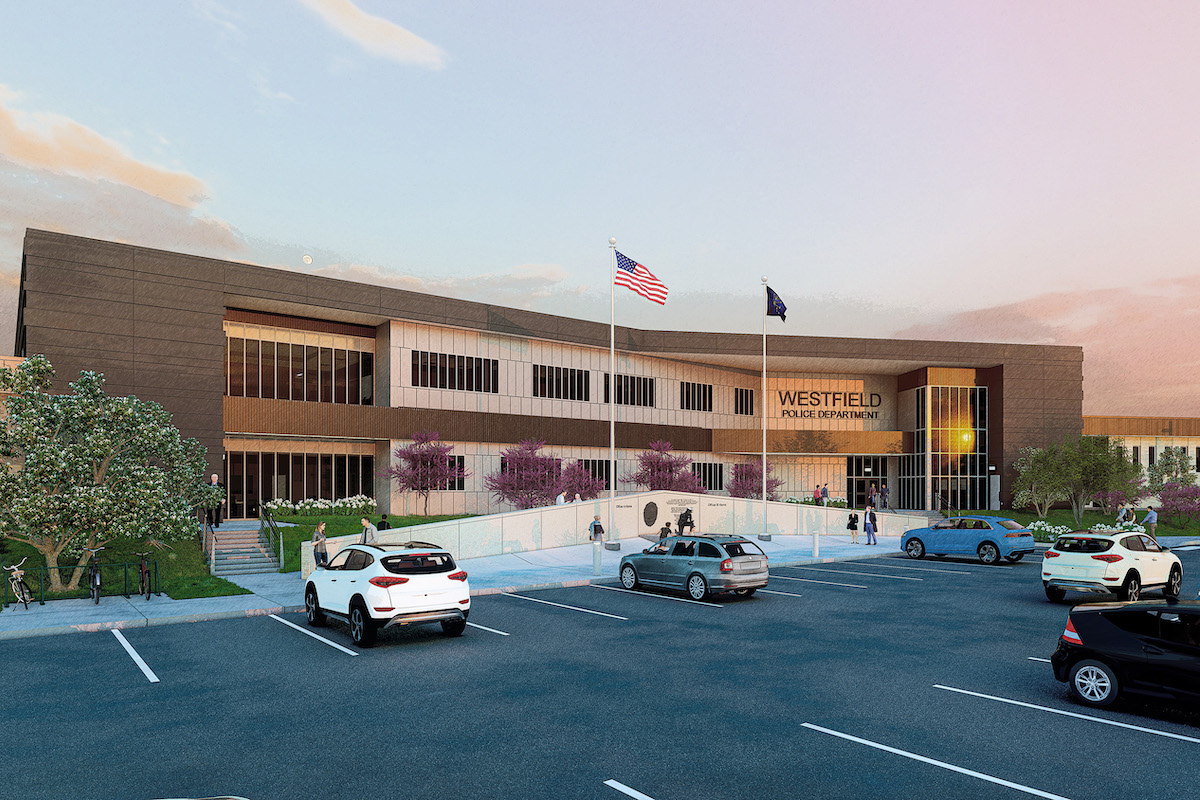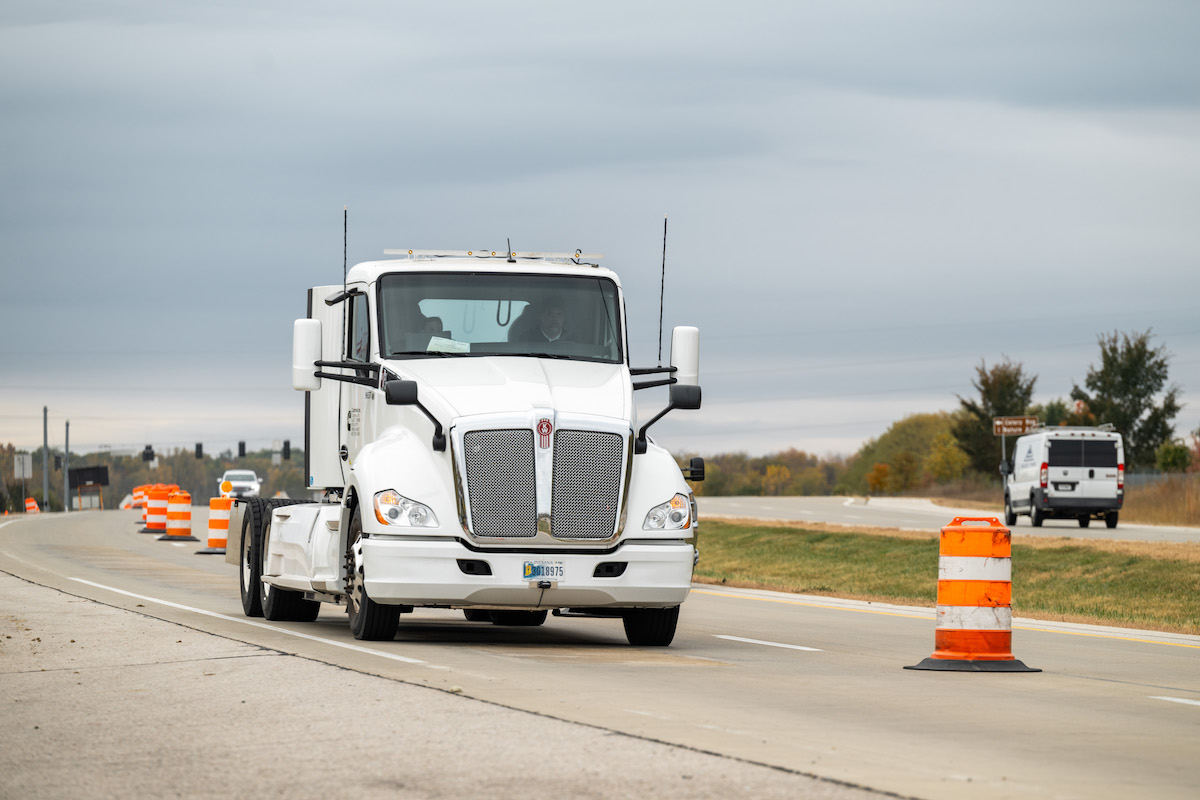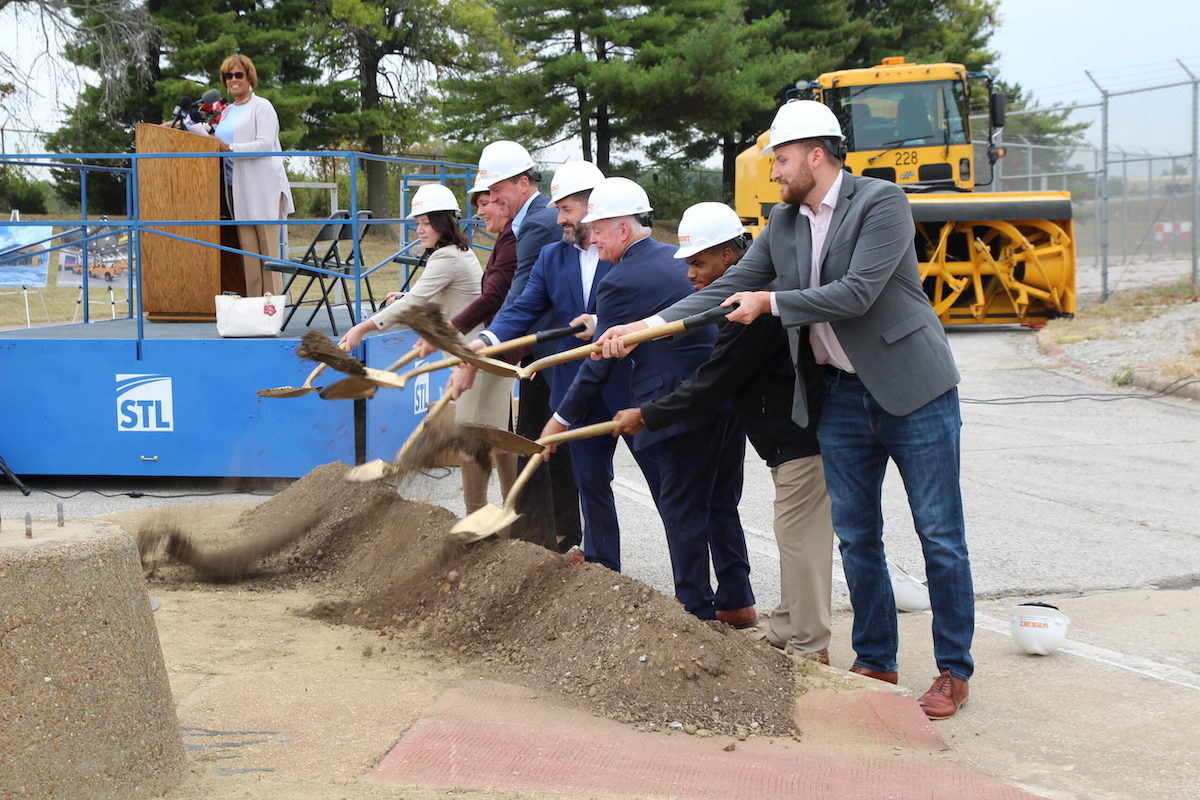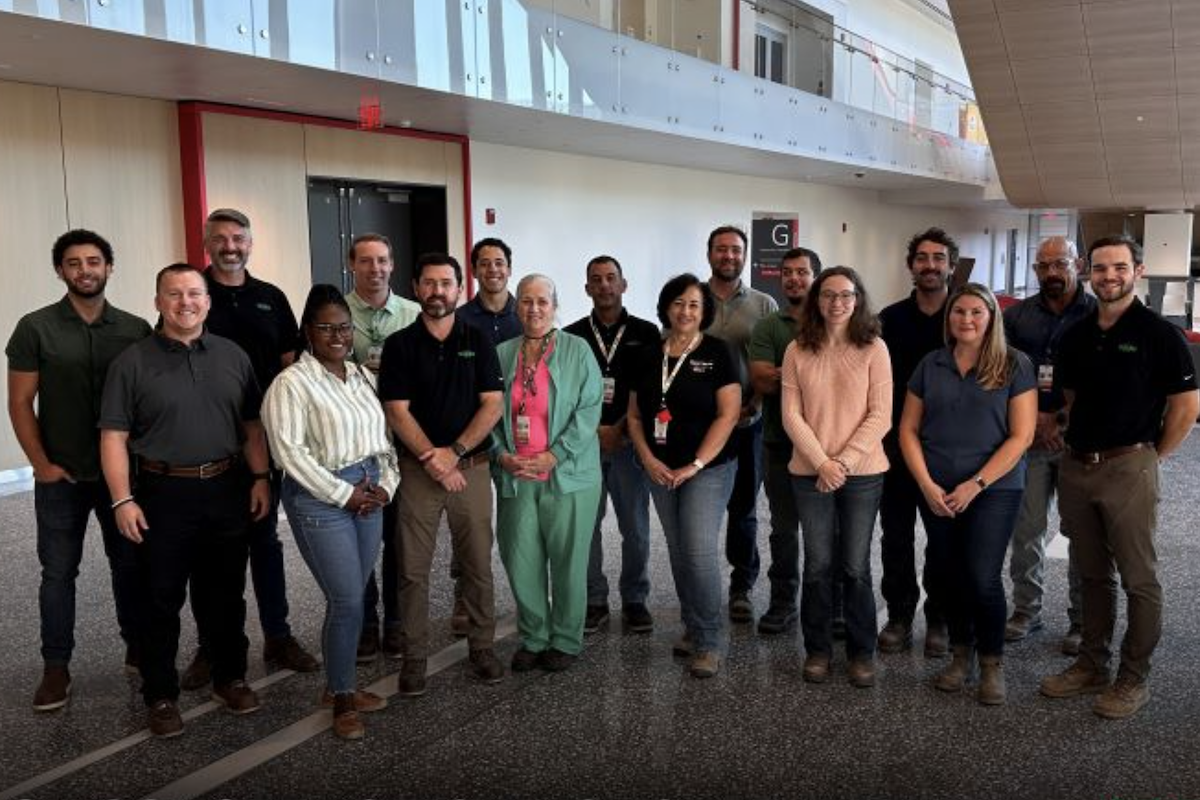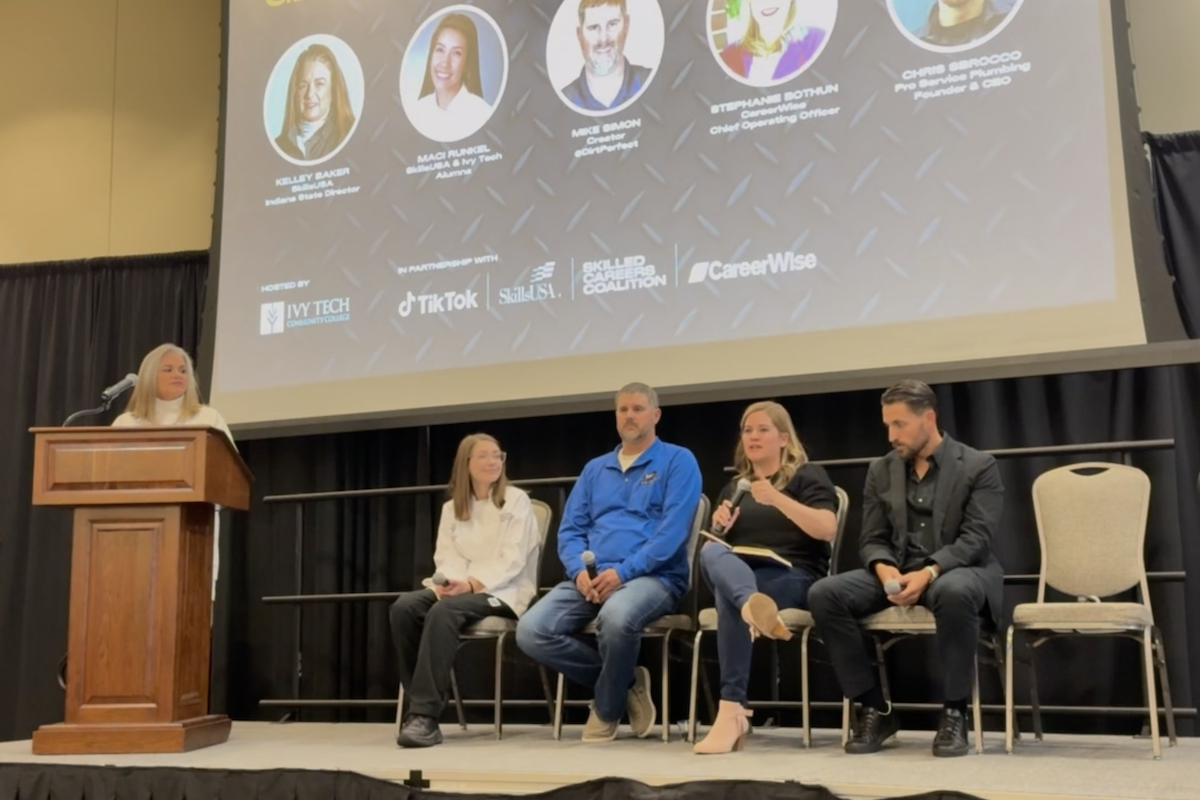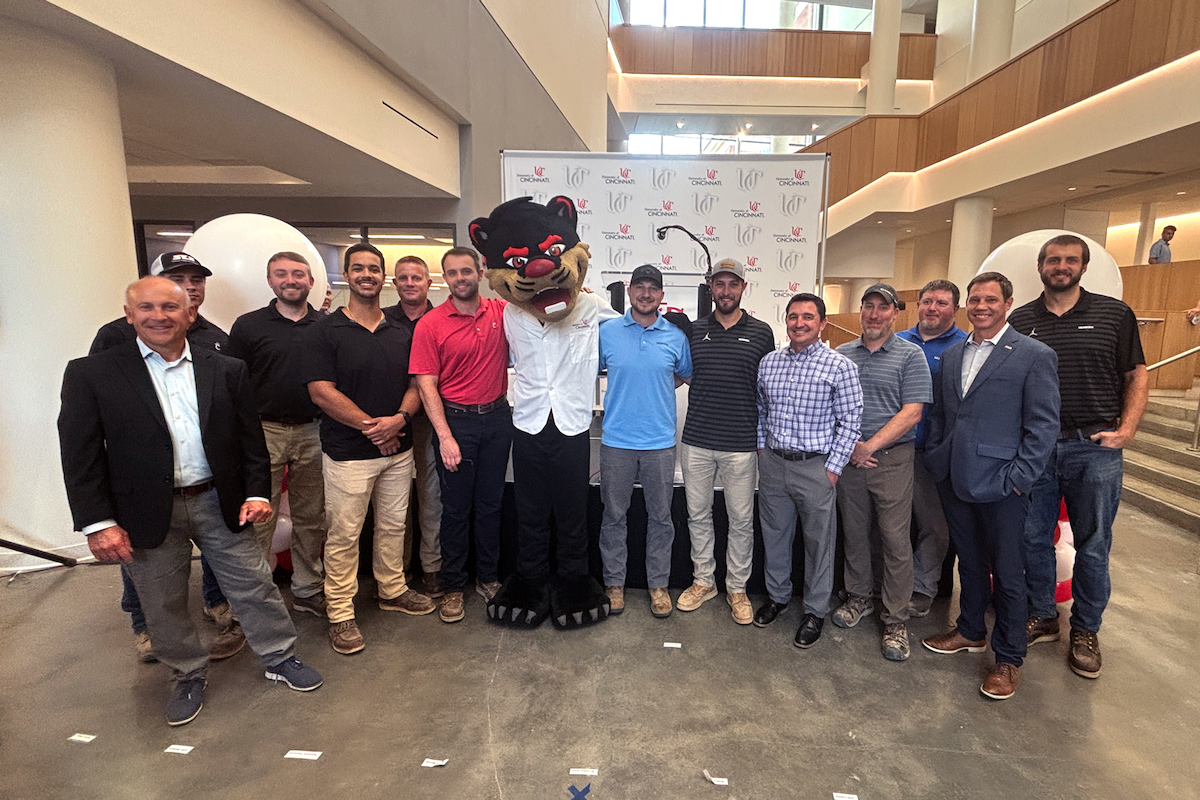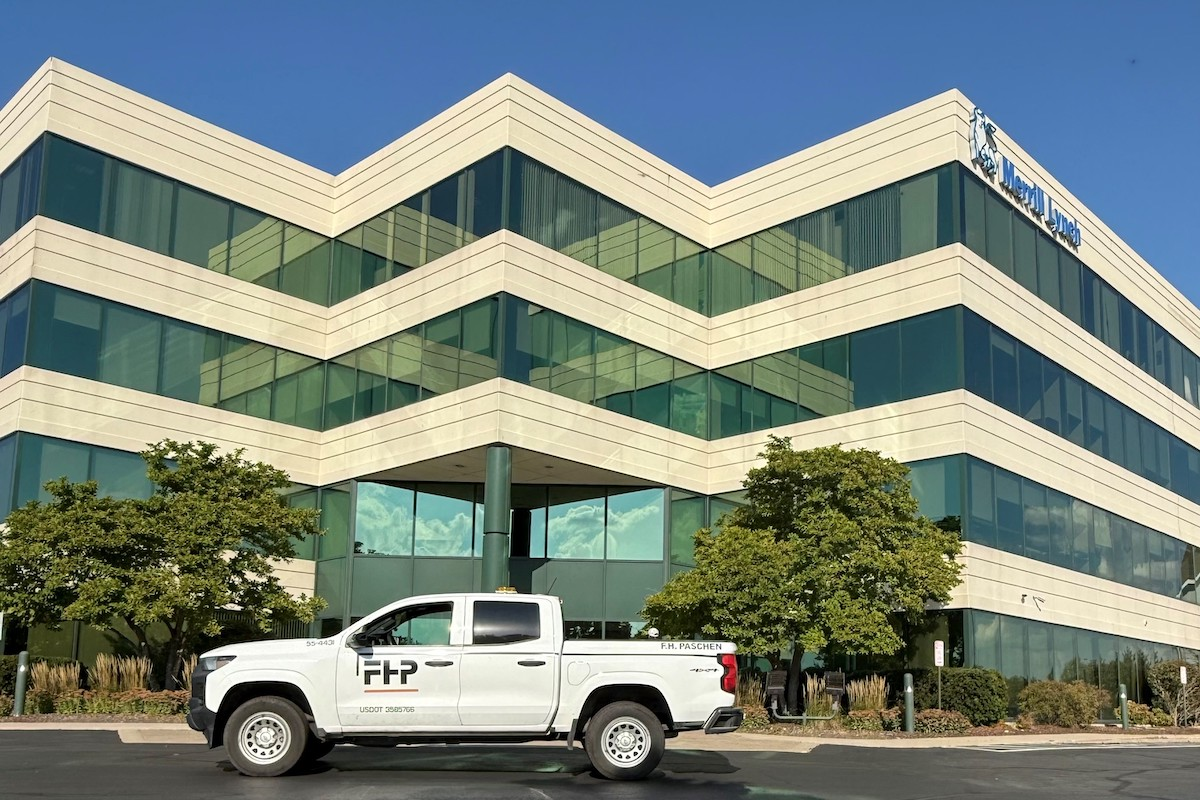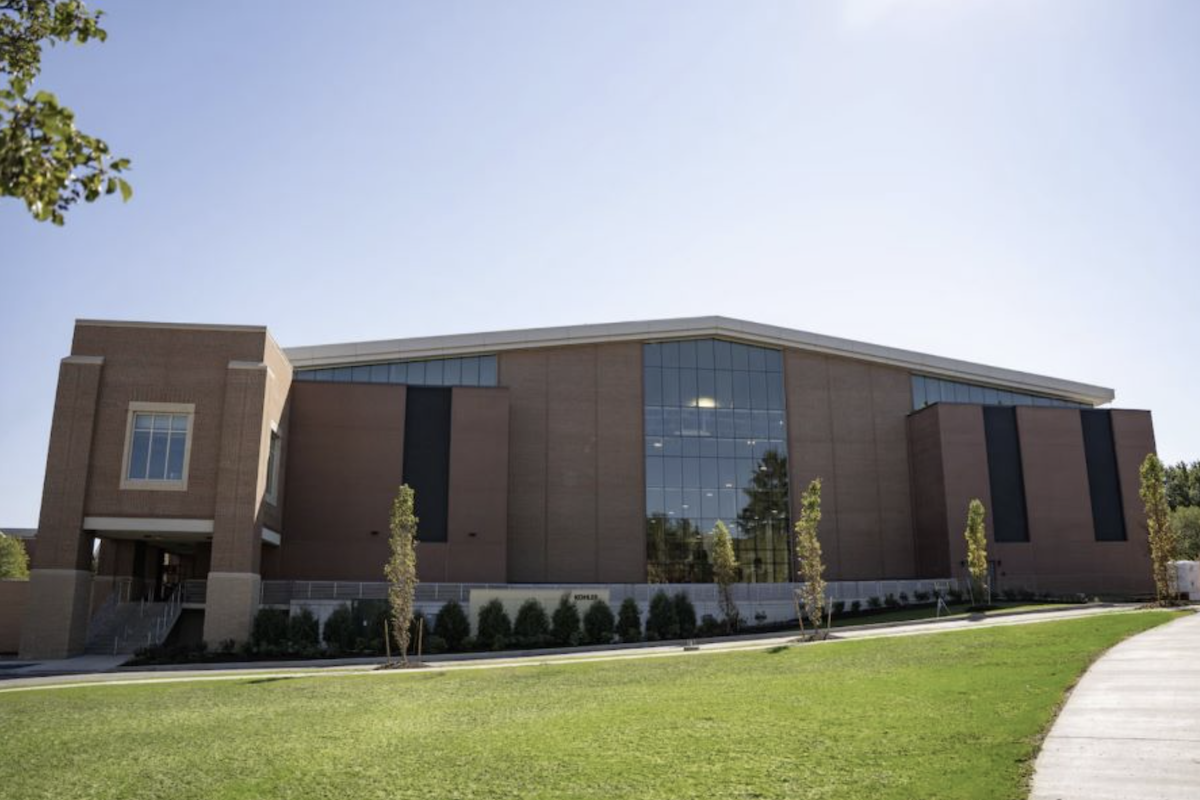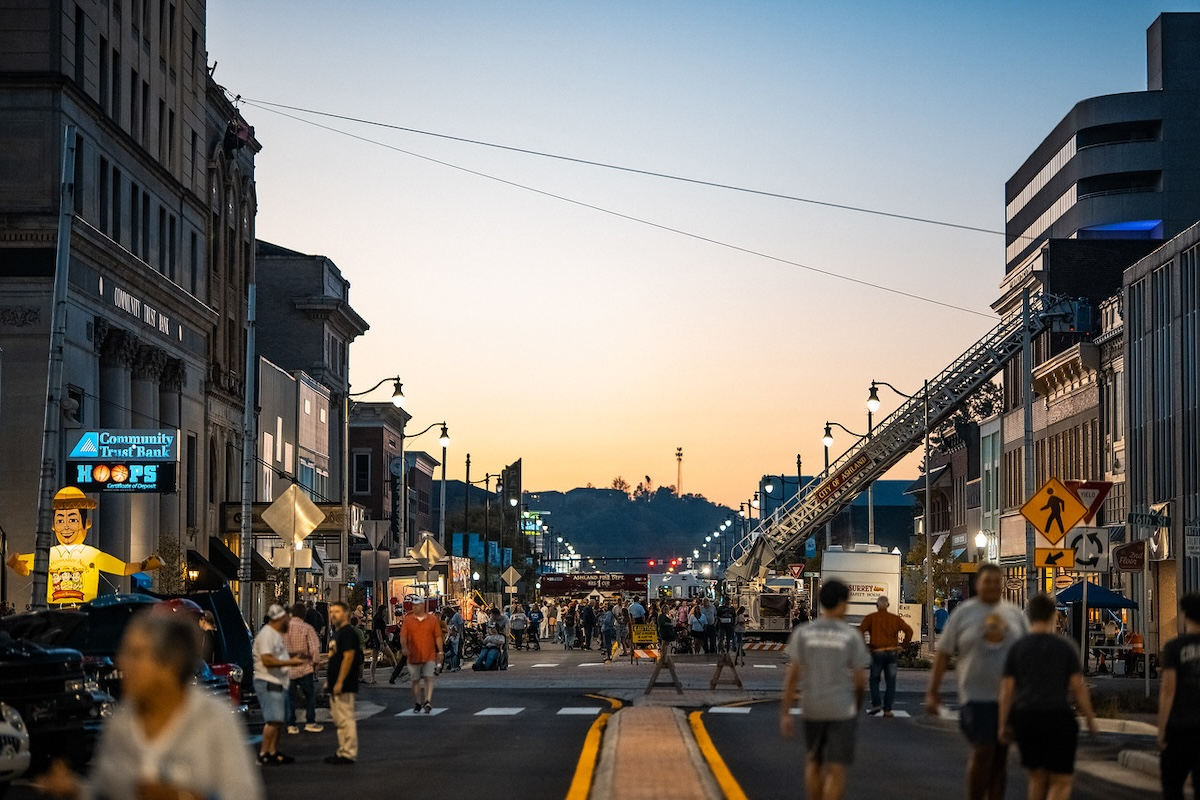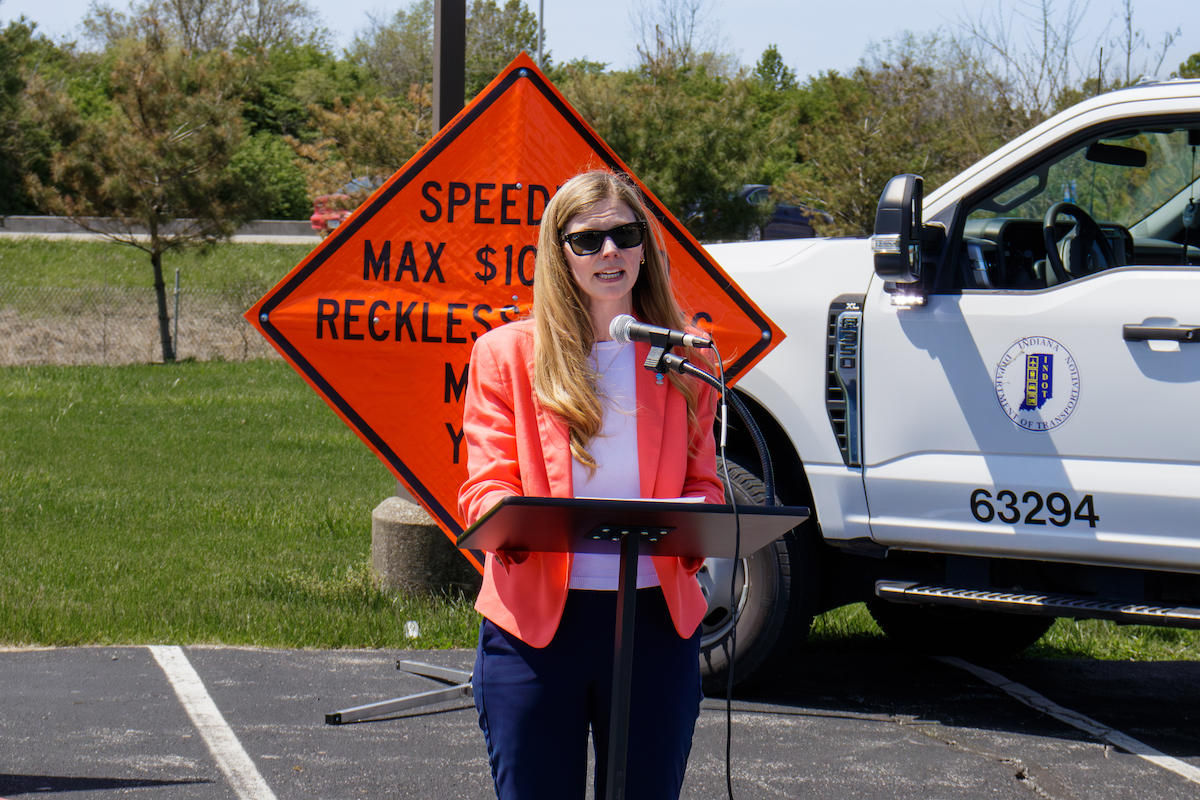“Sustainability is important for us,” says Rob Johnson, Vice President of Sustainability and Transportation for the Climate Pledge Arena and the Seattle Kraken. “It shows other businesses we can, together, accomplish our goals of reducing our carbon footprint and saving the planet.”
Amazon, headquartered in Seattle, bought the naming rights and together with developer Oak View Group (OVG) in Los Angeles, California, decided to call it Climate Pledge Arena to call attention to the need to address climate change. The Climate Pledge refers to goals to reach net zero carbon 10 years ahead of the Paris Climate Accord.
“It’s a philanthropic effort to make our world a better place,” Johnson says. “It’s a beautiful and incredible statement.”
The city of Seattle owned the 1962 World’s Fair property, formerly called the Key Arena, and was looking to modernize the building and put out a request for proposals. OVG was the successful bidder for the project, initially with plans to use the building as a music venue for live entertainment. Then the hockey franchise came along.

| Your local LeeBoy dealer |
|---|
| Brandeis Machinery |
The 18,100-seat arena at Seattle Center enjoys national historic landmark status. The team has kept the historic roof and exterior glass, while doubling the square footage under that roof. “We are a giant recycling project,” Johnson says.
The project became a public-private partnership between the city and OVG. OVG agreed to finance the project without public funds and, in exchange, will lease and operate the building for a 39-year term, with two eight-year extension options.
The Kraken team is the 32nd expansion franchise in the NHL. Seattle Hockey Partners applied for an expansion team and held a season ticket holder drive. Within 24 hours, 32,000 fans put deposits down, securing the franchise for Seattle.
“Our fans responded positively,” Johnson says. “That was a critical reason the NHL gave the Seattle ownership group the rights.”
The contractor also used virtual reality to help drive decisions by owners and to work through COVID-19, adding measures to keep everyone safe. Eight months after receiving the contract, the company was challenged with adding more sustainability features to achieve the net zero goal.

| Your local Trimble Construction Division dealer |
|---|
| SITECH Indiana |
| SITECH Mid-South |
| SITECH Ohio |
“Moving to carbon neutrality was a major effort by all of the players,” Toshach recalls. “The engineers and architects jumped in. It wasn’t one person. It was a collection of the whole team to set aside dedicated time apart to figure out what needed to happen immediately and soon.”
Johnson also praised the teamwork among all of the consultants and sustainability advocates, who brainstormed a long list of components and winnowed it down to what would work.
Preserving the nearly 60-year-old, 44-million-pound roof required changing the building’s configuration, shoring, extending the back walls straight down and to the atrium. The original footprint of the building had a “U-shaped” bowl down to the playing floor, Toshach explains.
“We installed a temporary roof structure,” she says, adding that the temporary structure had 59 stilts around the bowl, creating stands to hold up the structure. “As we kept digging, they kept up by adding length to the stilts.”
Mortenson used water jets to remove the concrete on the old columns and cut the steel, enabling the team to extend the depth of the building columns.
Doubling the square footage of the building required digging deeper and wider under the roof. The new depth of the building necessitated excavating 50 feet down, essentially adding a new level.

| Your local Wacker Neuson Corp dealer |
|---|
| Burris Equipment |
To protect the exterior glass during construction, Mortenson removed the glass, cleaned and labeled each piece including mullions, so everything could be brought back and placed in the same location. “It was quite the cataloging effort,” Toshach says.
To get there, Mortenson changed the gas distribution system to electric, vastly expanding the amount of power the building will need. That encompasses kitchen cooking facilities, boilers and hot water heaters, air handling units and dehumidifiers for the rink – the first all-electric desiccant system used in the NHL. The contractor was able to modify equipment that had already been ordered and located a new substation room. “This will be the first arena that will be fully electric,” Toshach says.
The HVAC system enables operators to turn it into un-occupied mode when the building is not in use and uses energy recovery ventilation in the locker rooms. “Based on the season, you are pre-heating or pre-cooling,” Toshach explains.
Solar panels will be installed on portions of the roof of the new atrium entrance and the parking garage, but those panels will not generate enough electricity to power the entire arena. The additional power will be generated by offsite renewable energy.
OVG procured the balance by purchasing renewable energy credits and power from new renewable energy sources and investing in creating new solar and wind farms to add power to the grid. “Our building will collectively be powered exclusively by renewable energy,” Johnson says. “We also ensure we offset 100 percent of the operation of the building.”

| Your local Case Construction Equipment Inc dealer |
|---|
| Birkey's Construction Equipment |
Cisterns will catch and hold rainwater, which will be filtered and used to create and maintain the skating surface.
Additional green features will include waterless urinals, low-flow plumbing fixtures, a waterside heat-exchanger to save energy when able to operate in economizer mode, and LED lighting.
The 2021-2022 hockey season will be the inaugural season for the Seattle Kraken at Climate Pledge Arena.
“Every arena tries to do the next big thing,” Toshach concludes. “Climate Pledge has turned the corner to become the new baseline for sustainability. It proves nothing is impossible. We need to be working better now for a better future.”
Photos courtesy of Climate Pledge Arena

| Your local Atlas Copco CMT USA dealer |
|---|
| Brandeis Machinery |




















